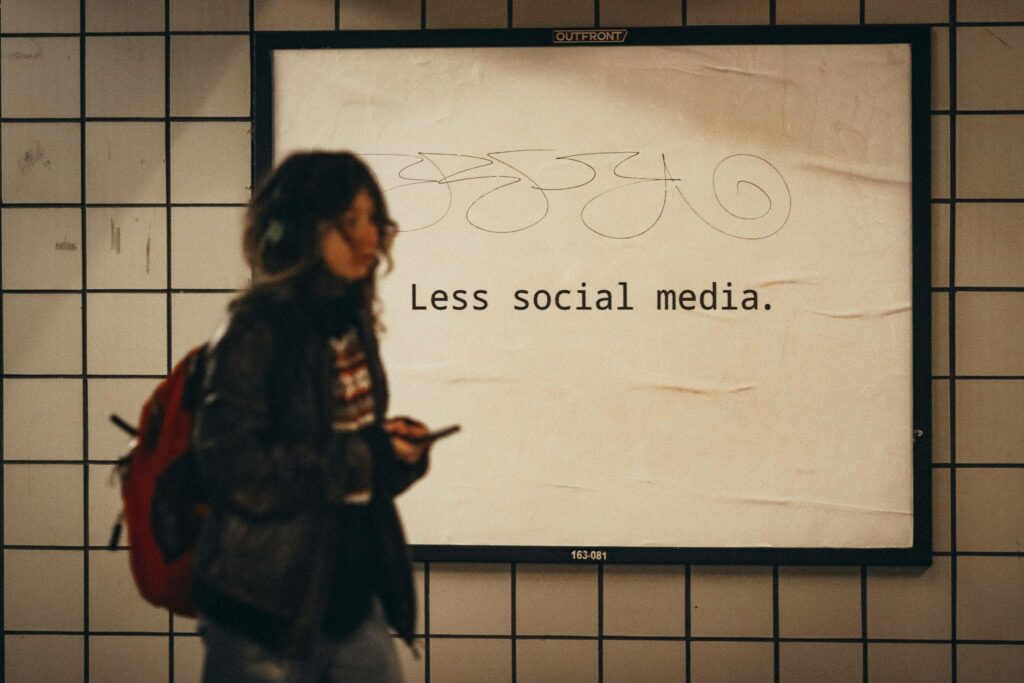Looking closely at how we live online, you’ll see something strange. We’ve all become players without really noticing. Every time you post on social media, buy crypto, or even pick the next show on Netflix, you’re making forecasts about possible rewards and possible losses. It’s subtle, but digital life has turned everyday choices into risky investments.
This is fascinating because digital environments quietly change how our brains process risk. The same instincts that kept humans alive for thousands of years are now firing in virtual spaces where the rules are completely different. Understanding that shift explains a lot: why people make bad financial decisions online, why social media feels addictive, why scrolling can leave you anxious even when nothing “bad” happened.
The Illusion of Control in Digital Spaces
One of the strongest forces at work is something psychologists call the illusion of control. Digital platforms are designed to give instant feedback. You click, swipe, or tap, and something happens immediately. That responsiveness tricks your brain into believing you have more influence over outcomes than you really do.
Consider cryptocurrency apps. They look and feel like video games: real-time charts, flashing price changes, instant buy/sell buttons, and constant notifications. Your brain starts thinking, “I can time this market if I’m quick and smart enough,” even though the price moves mostly by chance.
The same bias shows up on social media when you think you can engineer virality, or in online shopping when you feel you’re “winning” deals.
Interestingly, some legitimate casino gaming and entertainment platforms are trying to counter this. The legal casino sites, some found at https://polskie-kasyno-online.pl/kasyna-z-minimalnym-depozytem/, that offer minimal deposit amounts for gameplay now provide actual odds, practice modes with virtual currency, and reality-check reminders that flash mid-play.
Instead of exploiting the illusion, they help players distinguish between skill and luck. That makes the experience more sustainable and enjoyable because it works with human psychology rather than against it.
The key takeaway is simple: feeling in control is healthy when it’s based on real agency. It’s harmful when it’s a carefully crafted mirage.
Social Proof and Digital Risk-Taking
Another force shaping online behavior is social proof. Digital culture amplifies it in ways the physical world never could. When your feed shows friends bragging about crypto gains, exotic vacations, or career leaps, your risk tolerance adjusts automatically. You see wins, not losses.
This is “survivorship bias” in action. People who fail at risky ventures rarely post about it, so their stories vanish from your view. Your brain calculates odds from a skewed sample and starts underestimating risks, overestimating rewards.
It gets more complicated because algorithms feed you the most extreme examples; dramatic successes and spectacular disasters generate the most clicks. That means your perception of normal outcomes gets warped by outliers. You end up making decisions in a hall of mirrors built from other people’s highlights.
The Dopamine Economy and Variable Rewards

Layered on top of all this is the way platforms deploy variable rewards. Neuroscientists have long known that unpredictable rewards keep behavior going longer than guaranteed ones. Digital designers build this straight into their products.
You don’t get a like every time you post. You don’t get a big win every time you check an investment app. Sometimes you do, sometimes you don’t. That unpredictability hijacks the same neural pathways involved in gambling. But because it’s wrapped around “normal” activities such as checking email, scrolling feeds, and monitoring stocks, it feels productive rather than risky.
Platforms profit from this tension. The longer you keep checking for rewards, the more data they gather and the more ads they show. Your craving for resolution becomes their business model.
Risk Perception in Virtual Environments
Finally, digital interfaces change how we feel risk itself. Spending through an app feels lighter than handing over cash. Sharing personal information online feels less consequential than saying it face-to-face. Making financial decisions through a screen creates distance from the real-world consequences.
This happens because the tangible cues of risk are stripped away. You’re not holding physical money. You’re not facing another person. You’re often dealing with symbols (points, tokens, virtual coins) that require an extra mental step to translate back into real value.
At the moment, that translation often doesn’t happen. The result is that digital actions seem less “real” even when the stakes are just as high as in the physical world.
